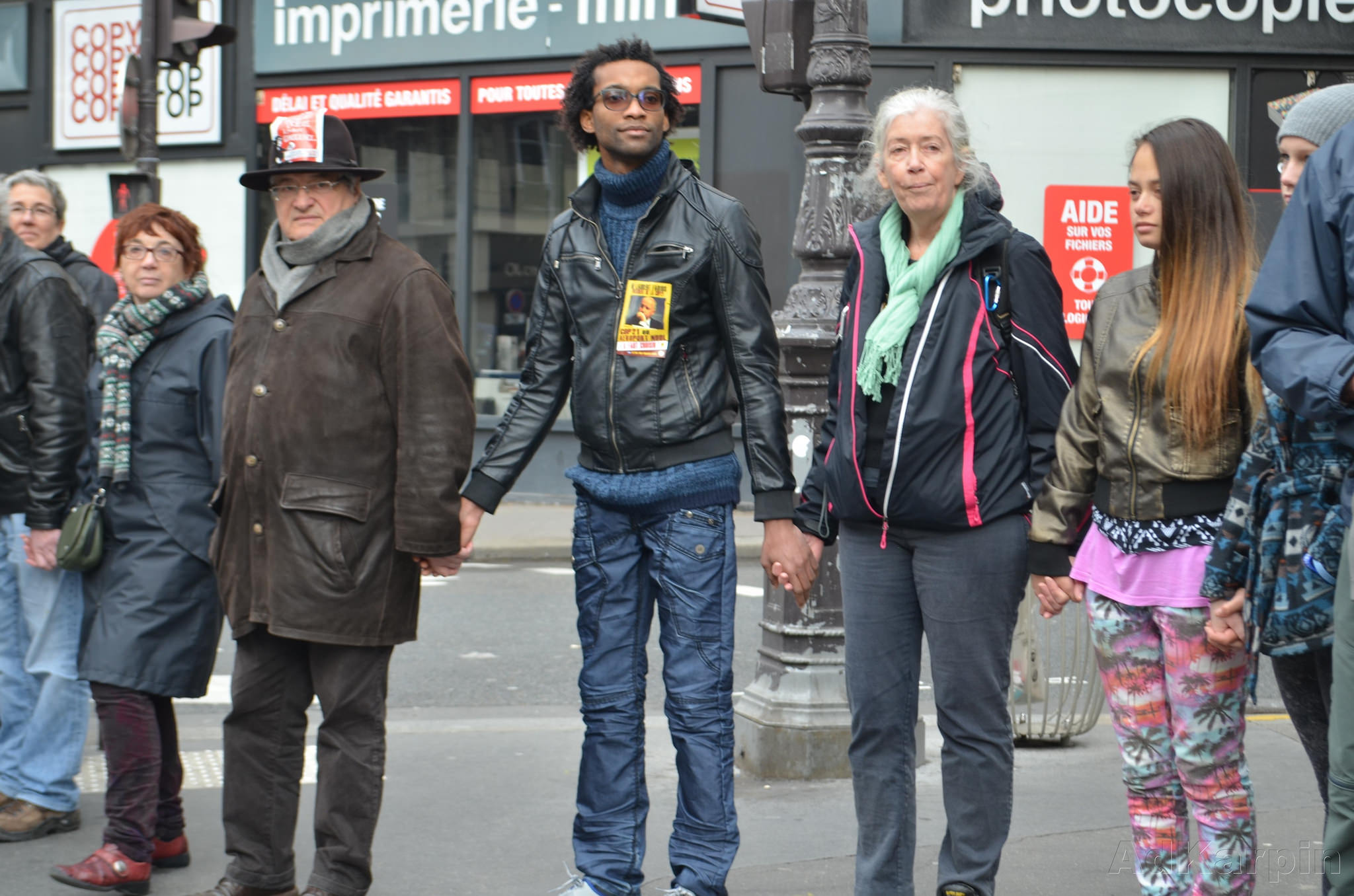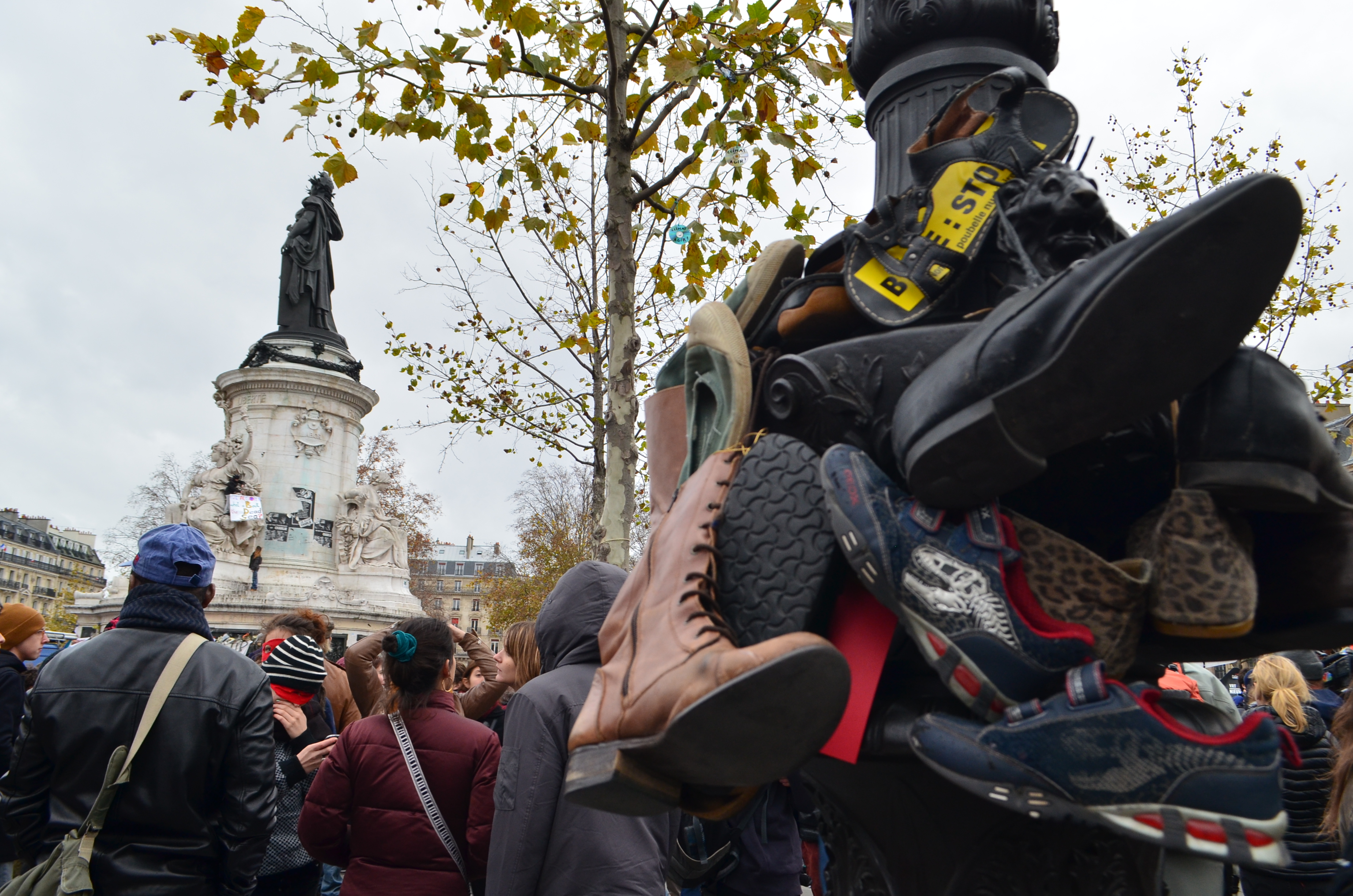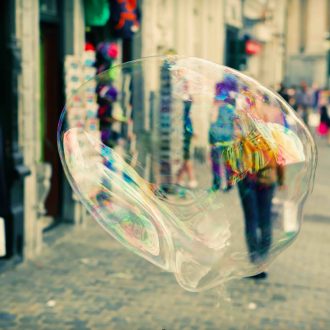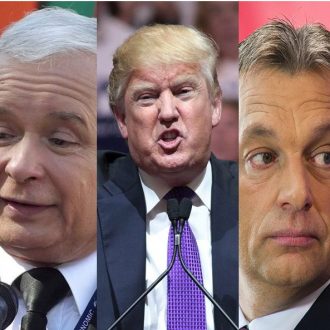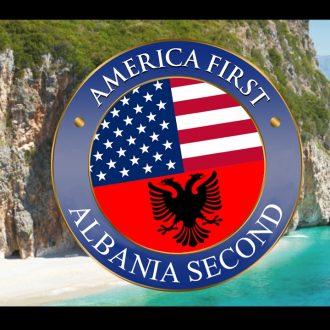The plasma screens mounted on the walls of Place To B’s coworking spaces all display one of the slogans of our new storytelling lab focusing on COP21, climate change and a post-carbon society: “Create our own story”. The word “story” was chosen on purpose. It comes from the ancient Greek word historia, which means “investigation”, “knowledge acquired through research”, itself derived from the word hístōr, which means “wisdom”, “witness” or “judge”.
The aim of Place To B is to create a new story that reflects both of these original meanings. While the international community is meeting at the Paris-Le Bourget site, at the crossroads of History, Place To B wants to be a place where citizens can establish their own authority, where people tell new stories, whether digital, radio, audiovisual or artistic, in order to reinvent and co-create our own (hi)story, humanity’s history. This is our mission as a media player. As Paul Biya, the President of Cameroon, said upon the opening of COP21, we are in a “quest for the survival of mankind”. In the end, it is our own survival that is at stake: the planet will live on.
Our social responsibility as a media player
So, how do we tell these stories? What is our approach?
Should we apply the rules of objective journalism, which can lead to absurdities, given the current context? The media have been placing information related to the dangers of climate change and climate change skeptics on an equal footing for too long. The result is that people don’t feel concerned: in a survey published on the figaro.fr website, 52% of the respondents said the fight against climate change was not a priority for them.
What about the clashes that took place on November 29th at the Place de la République? Should we cover and even highlight such events, like other media did? Would covering them not amount to increasing their importance, to the detriment of the positive actions that occurred on the same day, such as the 10,000 people who formed a human chain between the rue d’Oberkampf and Place de la Nation, or the 8 tons of shoes that were collected by Avaaz as part of a climate protest on our behalf?
And if we decide not to tell that story, will we be criticized for not playing our role as journalists? For living in a “carebear world”? These are the questions we asked ourselves on November 29, that symbolic day on which our political leaders opened the COP21 negotiations.
Like everyone else, we feel doubt and we are moving on tiptoe, because we don’t want to be deceived.
And yet we decided not to cover the clashes. At least not today. Not right now. There were several reasons for this decision.
The first reason is that the traditional media have already done it. Our particular mission is to use a different discourse: to analyze and convey complexity, but also to map a post-carbon society. “Our aim is to be for, not against”, said Anne-Sophie Novel, the founder of Place To B.
The second reason is that we don’t have enough information on the origin of these acts, and we don’t want to fall into the trap of reacting too quickly. But above all, we feel puzzled about the way the events have been illustrated: first we heard of demonstrations against COP21. Then the media started talking about activists, which made us fear we would end up with quick conclusions, like “COP21 or ecology triggers violence”. Note that the media use the word “activist” a lot in referring to ecologists: their use of that same word to designate terrorists does not help to convey a better image of the former. It even generates and feeds negative feelings and emotions in an already tense period.
The pictures of the police vans and tear gas spread at the Place de la République, as well as the information about the 317 persons arrested on the Sunday evening, added to this atmosphere of fear. The thing is, fear paralyzes and triggers primary reactions in us: by appealing to our reptilian brain, it cuts us off from ourselves and our sense of creativity; from our very strength.
At Place To B, we are wondering whether the media could be held (partly) responsible for this collective violence and the state of social paralysis that comes out of it. Is it not time that the media conduct a self-analysis and initiate their own transition? Our programming shows our determination to encourage citizens to act on their own scale and without guilt. We are convinced that by sharing a positive view of our future, we can all be actors of change. Or, as Patrick Viveret [who enlightened one of our Place To Brief sessions last week] would say, the actors of a collective project to live together, to “develop our humanity”.
Collective enthusiasm
Fear and desire are two sides of the same coin. At Place To B, we have chosen desire. Our desire is to liberate individual enthusiasm in order to co-create a collective one.
In the end, only 9 out of the 317 persons arrested on November 29 were still detained by the police on the following day. We now know that among the hundreds of people present at the Place de la République, only ten of them had come to “break stuff”. Ten people overshadowed a crowd of thousands in newspapers that were too quick to draw conclusions. Add to this the fact that the environmental activists had already been the victims of the current state of emergency only a few days before the opening of COP21.
This is a call to the media, journalists, bloggers, and all players in civil society: let’s not get into a fight that is not ours. Our fight, if there is one, is about creating a story that belongs neither to the past nor to the future; a story in which we are trying to sketch a desirable present.
Our aim is to practice an impact journalism or solution journalism, a journalism that contributes to awareness-raising and democracy. As the Dalai Lama said, “give people hope!” Have you heard of the Native American “Good wolf, bad wolf” story? We feel like telling it again here…
The story tells the tale of a grandfather who was trying to teach his grandsons how to live. He said: I feel tormented, because there are “two wolves” battling each other inside my soul. One wolf is bad: he possesses all negative qualities, such as fear, anger, envy, sadness, regret, greed, arrogance, self-pity, guilt, resentment, inferiority, lying, competition and ego.
The other is good and possesses all good qualities: joy, peace, love, hope, sharing, generosity, truth, compassion, trust. The same battle is happening inside your souls right now. Both kids remained silent, thinking hard… Until one of them said: “Grandpa, which one is going to win the battle?” To that, the old man simply answered: “It’ll be the one that you feed.”
Valérie Zoydo
Translation: Annelise Meyer / Martine Steyn

